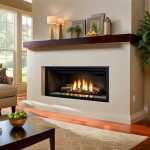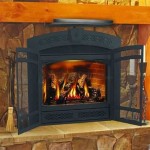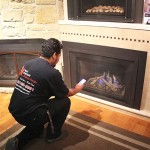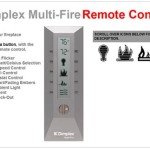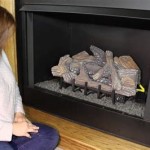Liquid Fuel Fireplaces: Essential Considerations for Cozy and Convenient Home Comfort
Liquid fuel fireplaces have become increasingly popular for their alluring appearance, warmth, and convenience. Whether you're seeking a cozy ambiance for your living room or a practical heating solution for your home, understanding the essential aspects of liquid fuel fireplaces is crucial. This article delves into the key factors to consider when choosing and using a liquid fuel fireplace.
Fuel Type: Kerosene or Bioethanol
Liquid fuel fireplaces typically use one of two fuel types: kerosene or bioethanol. Kerosene is a traditional fuel that provides intense heat, while bioethanol is a renewable and environmentally friendly option that burns cleanly with less odor. Consider the availability, cost, and environmental impact of each fuel type when making your decision.
Firebox and Design
The firebox is the heart of the fireplace, containing the liquid fuel burner and producing the flames. Choose a firebox size and style that complements your room's dimensions and aesthetic. Opt for a durable material such as stainless steel or cast iron for longevity. Consider features like a remote control or adjustable flame intensity for enhanced convenience.
Safety Features
Safety is paramount when operating a liquid fuel fireplace. Look for models that incorporate essential safety features such as an automatic shut-off system in case of overheating or fuel depletion. Proper ventilation is crucial to prevent carbon monoxide buildup, so ensure your fireplace is installed in a well-ventilated area.
Installation and Maintenance
Professional installation is highly recommended for liquid fuel fireplaces to ensure proper setup, safety, and compliance with building codes. Regular maintenance is also essential to keep your fireplace functioning optimally. This includes cleaning the fuel tank, burner, and external components, as well as replacing the wick (if applicable) as per the manufacturer's instructions.
Environmental Considerations
If environmental concerns are a priority, consider a bioethanol fireplace. Bioethanol is produced from renewable resources and burns cleanly, producing minimal emissions. Opting for an energy-efficient model can further reduce your carbon footprint while still enjoying the warmth and ambiance of a liquid fuel fireplace.
Choosing the Right Fireplace
To choose the ideal liquid fuel fireplace for your needs, consider the following factors:
- Room size and heat output requirements
- Fuel type (kerosene or bioethanol)
- Firebox size and design
- Safety features and certifications
- Installation and maintenance considerations
- Environmental concerns
By carefully considering these essential aspects, you can make an informed decision that brings warmth, comfort, and ambiance to your home for years to come.
:max_bytes(150000):strip_icc()/Ethanol-Fireplace-via-smallspaces.about.com-56a889795f9b58b7d0f3278c.jpg?strip=all)
Using An Ethanol Fireplace In A Small Home

Choosing The Right Bioethanol Fuel A Guide To Ekofuel For Clean Odourless Burning

Are Indoor Ethanol Fireplaces Safe New Scientific Research

Horizon Tabletop Liquid Fuel Fireplace Stainless Steel Biofuel Fireplaces

Why Ethanol Fire Pits Are More Popular Than Gas Outdoor Living Essentials
:max_bytes(150000):strip_icc()/wall_fire-56a8869d5f9b58b7d0f311b0.jpg?strip=all)
Using An Ethanol Fireplace In A Small Home

Ethanol Fireplace Pros Bio Fireplaces

Xl1200 Ethanol Burner The Longest Ecosmart Fire

Vb2 Ethanol Burner Convert Traditional Fireplaces Ecosmart Fire

Freestanding Bio Ethanol Fireplace Feel Stand
Related Posts


